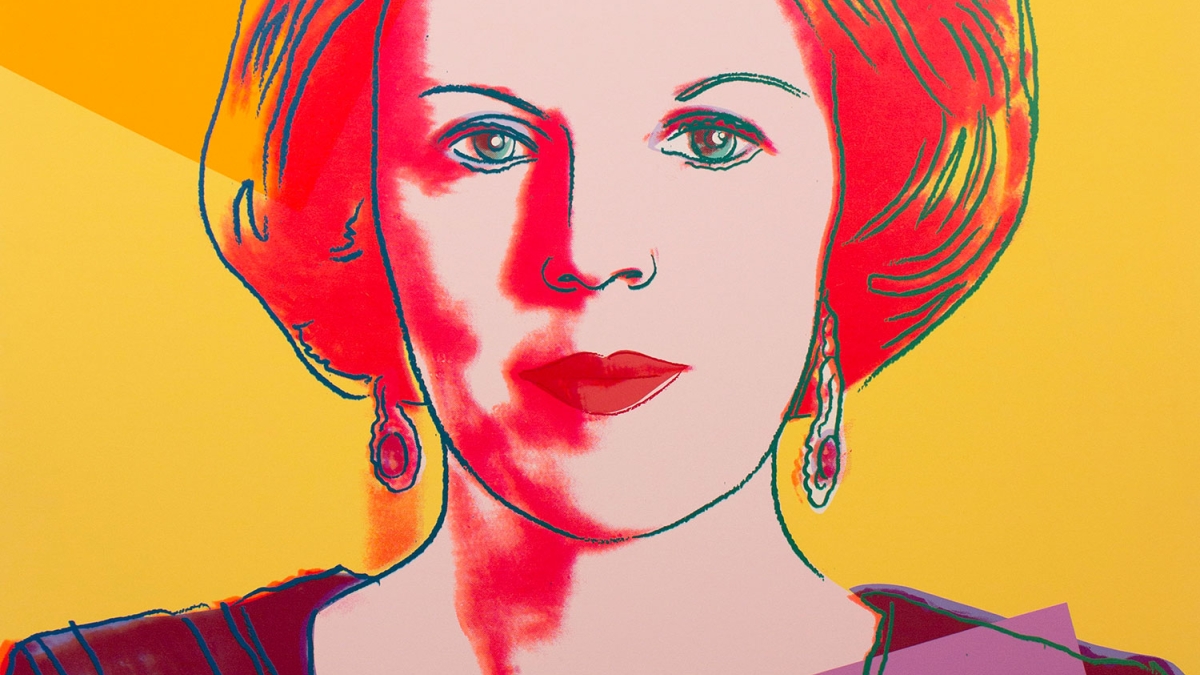ASU Art Museum receives Warhol works to be displayed summer 2014

The Arizona State University Art Museum is pleased to announce that it is the recipient of six new works by artist Andy Warhol, a gift from the Andy Warhol Foundation for the Visual Arts. These original Warhol screenprints will be on view in the lobby of the ASU Art Museum at Mill Avenue and 10th Street in Tempe this summer, beginning May 27.
The Andy Warhol Foundation for the Visual Arts was established after Warhol’s death in 1987, and in accordance with Warhol’s will, it has given prints to many institutions across the country to ensure “that the many facets of Warhol’s complex oeuvre are both widely accessible and properly cared for.” In 2008, the ASU Art Museum received 155 photographs by Andy Warhol from the Andy Warhol Foundation for the Visual Arts, part of the Andy Warhol Photographic Legacy Program, which donated over 28,500 photographs to educational institutions across the United States.
“That the Warhol Foundation recognizes the value of university and college art museums like ours is both a tremendous honor and a reflection on the foundation’s thoughtful work,” says ASU Art Museum director, Gordon Knox. “We are overjoyed to be the recipient of these prints and to share and explore Warhol’s work with our university audience and the Phoenix community.”
The gifted prints themselves are rare examples of works that Warhol did not necessarily intend to share with the public.
“In the development of an image toward printing a uniform edition, Warhol would experiment with both color and compositional elements, creating many variations of prints outside the final, editioned image,” says Jean Makin, ASU Art Museum print collection manager and curator. “These ‘outside edition’ prints were often not signed. Warhol gave some away to friends or clients, but he kept most of them.
“This addition to the ASU Art Museum’s print holdings only further strengthens the museum’s ability to be a valuable resource to students, professors and scholars,” Makin added. “Viewing unique works like these screenprints is an educational experience that brings a physical reality to study and research.”
Juno Schaser, juno.schaser@asu.edu
480.965.0014
Public Relations | ASU Art Museum